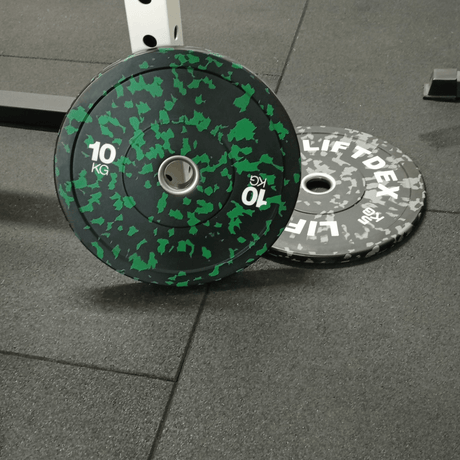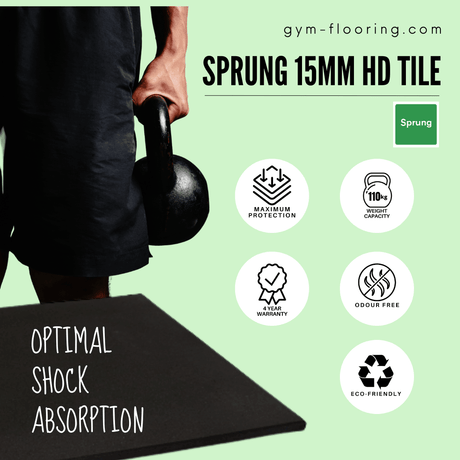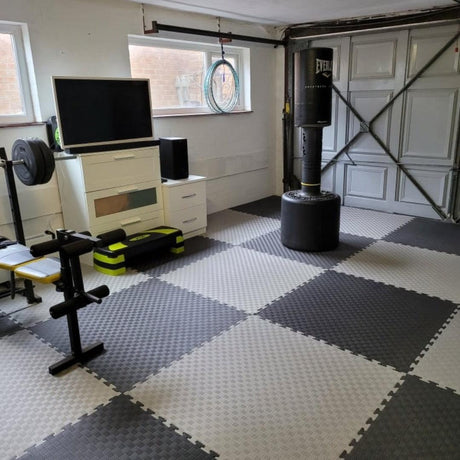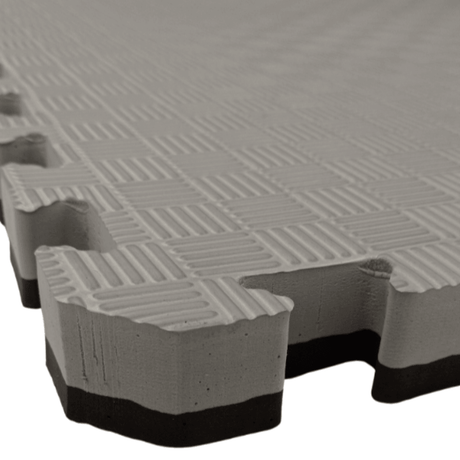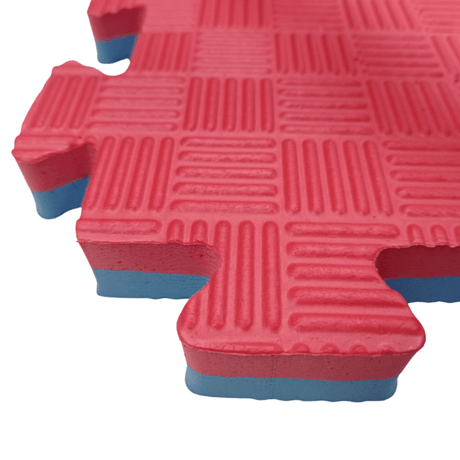Weightlifting probably conjures images of strength, resilience, or even muscle-building in most people's minds. However, to Nassim Nicholas Taleb - an author and thinker who coined Antifragile: Things That Gain from Disorder - weight training serves as a perfect metaphor for something deeper: the concept of "antifragility."
What Is Antifragility?
The term "antifragility," as introduced by Taleb, described the latter system-one that does not merely resist stress but actually thrives under it. Unlike fragile systems that break under tension or resilient systems that remain the same, an antifragile system gains from the presence of stressors. Think of the immune system that gets more solid when exposed to germs or even a business that is innovative because it is pressurised to compete in the market.
How does this relate to weightlifting?
Weightlifting as a Practical Example of Antifragility
Weightlifting epitomises what antifragility actually is. Essentially, when we go to the gym to lift weights, we're actually placing stress on our muscles. At the microscopic level, this stress creates small tears in muscle fibres. It is at that juncture-that is, the repairing stage-that the magic happens: after the fibres repair, they grow back stronger. That's what "antifragile" means: the muscles in that process are not just "resilient", able to absorb the challenge, they get adapted and larger.
But for Taleb, this is something more than a metaphor from the gym; rather, it is a means to understand how all of us can derive profit from a little "stress" in life, work, and business.
Building Strength in Life and Business
Taleb believes people - and organisations - can benefit from that very principle. Weightlifting might make individuals stronger, manageable challenges and occasional ruptures can stimulate growth and antifragility in those other areas of life. Antifragility is reached where companies learn to innovate despite or because of setbacks, where people learn new skills through hardship.
1. Invite Small Stressors: Just as weight training works by gradually increasing dosages of stressors on muscle fibres to strengthen them, controlled amounts of stress can improve performance. In business, this may mean trying new ideas or taking calculated risks that challenge boundaries.
2. Avoid Overprotection: When you overprotect muscles-or people-from stress, they actually grow weaker. The present author scolds systems "shielding people from the 'vicissitudes of life'"-a line of thinking underlying most market regulation.
3. Iterative Growth: Antifragility does not come all at once; it is incremental. With every workout with every challenge undertaken, there is a building on from the last effort, just as tiny innovations sometimes add up to bring about more robust and resilient companies.
Taleb's take on weightlifting gives quite another view on the meaning of antifragility -from building muscles to businesses, the bottom line will be the same: healthy levels of stressors, shock, and unforeseen strain could bring in surprises in growth and strength. Weightlifting is not all physical activity; instead, it is philosophical, whereby one learns how to grow stronger by embracing a bit of struggle.
The next time you go through weight lifting or a tough business decision, remember Taleb's antifragility: every challenge is an opportunity to come back stronger.





